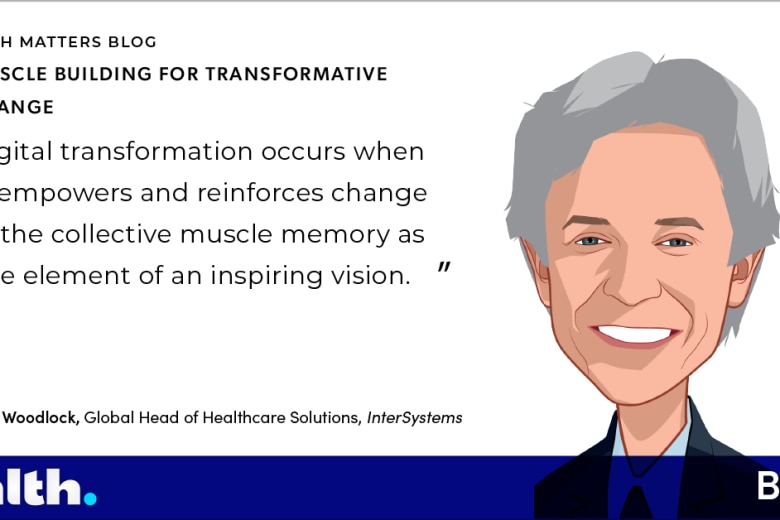Today’s smart devices have changed our daily lives, increasing our expectations of information accessibility. It is easy to fall into the habit of expecting detailed information to be readily available at our fingertips, at any moment, without a lot of taps or swipes.
From a healthcare perspective, we are now in a position to actually follow through on that expectation in many ways. Healthcare organizations have long recognized the potential for mobile technologies to improve patient care. This revolution has been decades in the making.
Most healthcare providers have invested in electronic medical records and as they adopt richer capabilities of EMR systems over time these organizations have increasingly vast quantities of data that can help drive better operational and clinical decision-making .
Standards for sharing information between EMR systems, such as HL7 and FHIR, facilitate medical innovation based on the analysis of datasets spanning large populations. FHIR also simplifies the creation of new innovative apps for patients and carers that connect to the EMR, potentially generating valuable new streams of patient data.
Using today’s EMR solutions, healthcare providers are increasingly accessing and recording patient information at the point of care. The latest generation of tools allow clinicians to use mobile phones and tablets to directly record and access EMR data with just a few taps and swipes. Clinicians can also incorporate the device’s camera to securely capture clinical images or documents without interrupting their workflows.
With traditional observational measurements, nurses and clinicians manually entered a few observational data points during a consultation or treatment. Embedded wireless capabilities are now becoming more affordable and ubiquitous within medical diagnostic devices. Bedside and wearable medical diagnostic devices can now efficiently upload data to the EMR via wireless capabilities such as NFC, Bluetooth, and 4G technologies.
Mobile-enabled InterSystems TrakCare supports better healthcare decision making.
As a result, each patient might soon have thousands of high quality clinical observations automatically uploaded to the EMR for each care episode. This could potentially have a transformative effect on care delivery, and lead to dramatically increased storage requirements for medical records.
As EMR clinical observations increase in volume, it would make sense to automatically scan EMR data to look for patient anomalies, and automatically alert clinicians when a patient’s health is deteriorating or deviates from normal parameters. Frequent automated upload of observations would mean that changes in a patient’s condition can be detected much faster, and less manual record keeping would be required by clinicians.
Many clinical studies have already proven that early interventions can significantly improve clinical outcomes, and lead to dramatic reductions in the overall cost of patient care. This impending tsunami of EMR clinical observations is likely to help healthcare providers achieve both better patient outcomes and lower overall cost of care. When patients require treatment, richer information will be immediately available to help clinicians determine the best path forward.
Read the latest blog posts on PULSE















